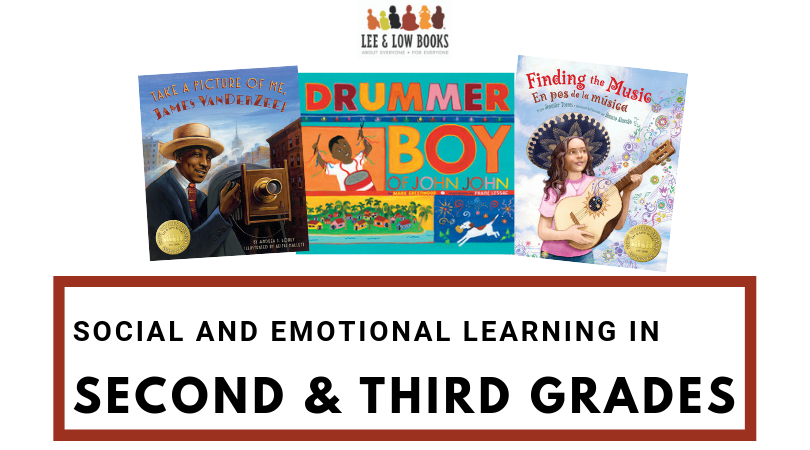Social Emotional Learning (SEL) is a hot topic, but it’s certainly not new. Skills like empathy, cultivating and maintaining positive relationships, recognizing and managing emotions, problem solving, approaching tasks with grit and perseverance, and taking on others’ perspectives have always, and will always, be crucial to kids’ success. Research shared by CASEL reports that SEL programs lead to “immediate improvements in mental health, social skills, and academic achievement,” and “up to 18 years later, students exposed to SEL in school continue to do better than their peers on a number of indicators: positive social behaviors and attitudes, skills such as empathy and teamwork, and academics.” SEL is certainly worthy of time and attention from those who support children’s development.
Books are valuable tools for guiding conversations about SEL topics. Children can examine and learn from characters’ actions and experiences and relate them to their own. Of course, book selection is key. When kids see both themselves and others in diverse books, it says, “You matter. Reflect on your experiences.” and “Others matter. Listen and learn.” Therein lies the heart of SEL.
As students grow and change, so do their social emotional learning needs. Linking diverse books to SEL goals and challenges across different ages is a powerful way to support students as they navigate each developmental stage. This blog series explores how diverse books can be used to support social emotional learning at different grade levels. Continue reading





